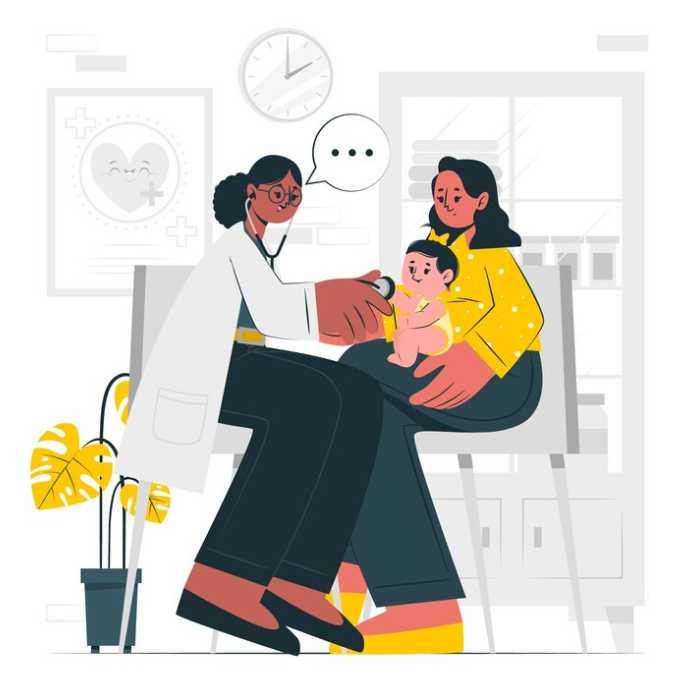
Bell’s Palsy in Children: Diagnosis, Treatment, and Care
Introduction: Bell’s Palsy, though often associated with adults, can also affect children. Understanding how to diagnose, treat, and care for Bell’s Palsy in children is crucial for parents and caregivers. Let’s delve into this topic in simple terms.
Diagnosis: Diagnosing Bell’s Palsy in children involves a physical examination by a healthcare provider. They’ll look for signs like drooping on one side of the face, difficulty closing one eye, or weakness in facial muscles. Sometimes, additional tests like MRI or blood tests may be done to rule out other conditions.
Treatment: Treatment for Bell’s Palsy in children usually focuses on managing symptoms and promoting recovery. Your child’s doctor may prescribe medications like corticosteroids or antiviral drugs to reduce inflammation and speed up recovery. They may also recommend eye care measures to prevent dryness and protect the eye on the affected side.
Care: Caring for a child with Bell’s Palsy involves providing support and comfort during their recovery. Encourage your child to rest and avoid activities that may strain their facial muscles. Assist them with tasks like eating and drinking if needed, and ensure they attend follow-up appointments with their healthcare provider.
Emotional Support: Dealing with Bell’s Palsy can be scary for children, especially if they notice changes in their appearance or have difficulty with facial expressions. Offer reassurance and emotional support, and let them know that Bell’s Palsy usually gets better with time.
Expert Insights: According to healthcare professionals, Bell’s Palsy in children is typically temporary and resolves on its own within a few weeks to months. However, it’s essential to follow the treatment plan recommended by your child’s doctor and attend follow-up appointments to monitor their progress.
Conclusion: While Bell’s Palsy in children can be concerning, understanding how to diagnose, treat, and care for it can help parents and caregivers support their child through the recovery process. With proper treatment and care, most children with Bell’s Palsy can expect a full recovery and return to normal activities.
To seek medical advice, always consult a Doctor. Here are our recommended experts. Click Here
To read more on Bell’s Palsy. Click Here


